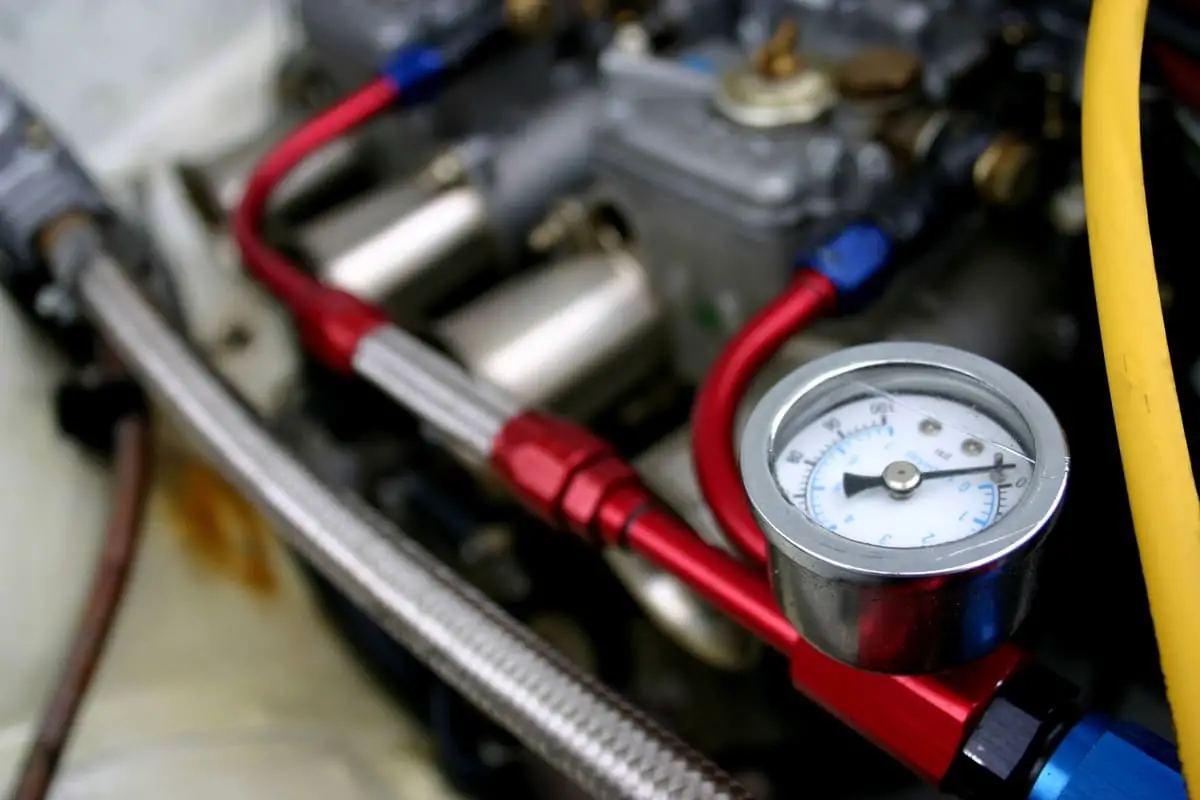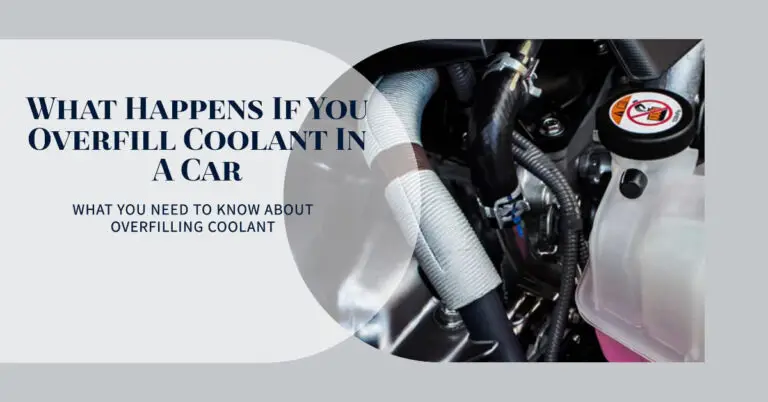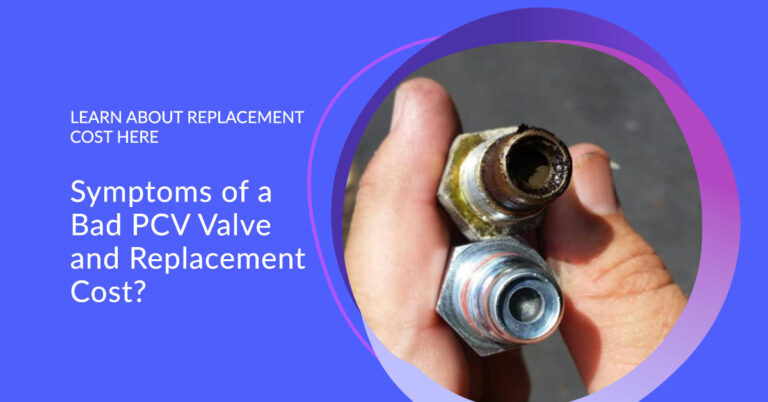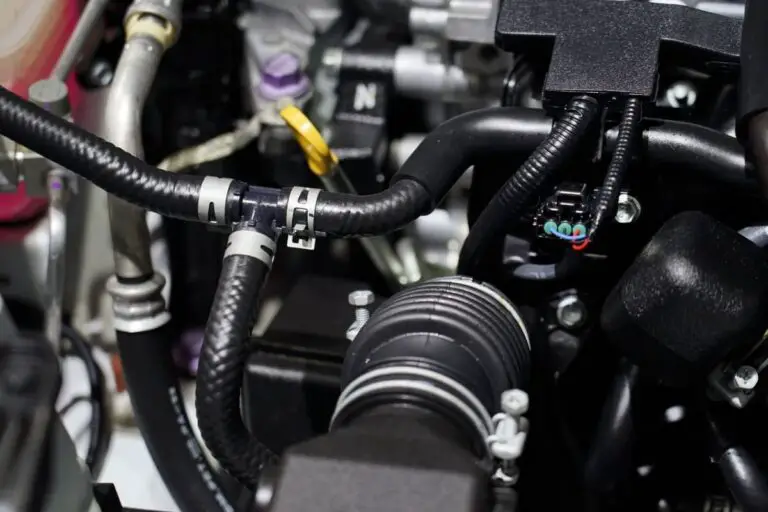Symptoms of a Bad Fuel Pressure Regulator: The Ultimate Guide

Having problems starting your car lately or noticed a decrease in fuel efficiency? These may point to a failing fuel pressure regulator. But what exactly does this obscure-sounding component do and what happens when it goes bad?
A faulty fuel pressure regulator can cause anything from minor to major driveability issues that slowly worsen over time. By learning the most common signs, you can potentially address problems early before the check engine light comes on or permanent engine damage occurs.
We’ll answer key questions like:
What are the most common symptoms of a bad fuel pressure regulator?
Hard starting, stalling, poor acceleration, rough idling, decreased fuel economy, and external fuel leaks are the top symptoms of a failing fuel pressure regulator.
In this complete guide, we’ll dive into these key signs and causes in detail, as well as how to test for failure and what replacement entails.
Table of Contents
What is a Fuel Pressure Regulator?
Before jumping into symptoms, let’s quickly cover what the fuel pressure regulator does and where it’s located under the hood.
The fuel pressure regulator is a sensor that maintains the proper amount of fuel pressure entering the fuel injection system. It works similarly to regulators used for controlling air, water, or gas pressure.
Its main function is to ensure stable fuel pressure is supplied to the fuel injectors. The injectors then spray a fine fuel mist into the engine cylinders to create combustion.
On most modern fuel-injected vehicles, you’ll find the regulator mounted on the fuel rail that feeds the injectors. The regulator uses a spring-loaded diaphragm or valve and vacuum reference line to keep fuel pressure within a preset range.
If pressure rises too high or drops too low inside the rail, the regulator opens or closes to maintain the proper psi (pounds per square inch) based on operating conditions.
Over years and mileage, the regulator spring, valves, and diaphragm can weaken, fail, or get clogged with debris. This impairs their ability to control consistent fuel pressure, leading to the symptoms we’ll now dive into.
12 Symptoms of a Failing Fuel Pressure Regulator
A failing fuel pressure regulator can manifest symptoms that range from annoying to dangerous and performance-limiting. Here are 12 of the most common signs of failure:
1. Hard Starting or No Start
One of the first symptoms you’ll likely notice with a worn-out fuel pressure regulator is hard starting or a no-start condition when turning the ignition key.
What happens is the regulator cannot maintain the system pressure needed for the injectors to properly spray fuel for startup.
Without adequate fuel pressure, there is insufficient fuel vaporization and volume entering the engine. This leads to ignition failure when cranking the starter.
The engine may turn over but not fire or only catch intermittently. Over time, starts may go from somewhat difficult to not possible as the part degrades further.
2. Stalling at Idle
Once started, another common symptom is stalling after 30 seconds or so of idling. Similar to the hard start problems, the regulator cannot keep fuel pressure high enough during low-speed operation.
At idle, there is increased vacuum in the intake manifold. This draws more fuel from the regulator. Combine this with a weakening regulator, and pressure drops too low to keep the engine running.
You’ll notice the RPMs slowly dip down before the motor cuts out altogether after idling for a bit. This progressively gets worse over time.
3. Hesitation Under Acceleration
Bosch fuel pressure regulator As well as idling issues, acceleration problems like hesitation and lack of power commonly occur with failing regulators.
Attempting to accelerate from a stop or while driving often results in sputtering, followed by a brief pause where engine RPMs spike without a corresponding increase in vehicle speed. This is referred to as hesitation.
There can be a “dead zone” on initial throttle tip-in where there is inadequate fuel delivery. You may also notice surging and loss of power when hitting the gas.
These all result from improper fuel pressure causing lean fuel conditions, misfires, and interrupted combustion. Performance worsens proportionate to the regulator’s deterioration.
4. Decreased Fuel Efficiency
Most drivers will notice the impact of a bad regulator on their miles per gallon before other symptoms. This comes down to the engine running inefficiently due to fuel mixture issues.
With a malfunctioning regulator, fuel pressure ends up lower or higher than optimal. The engine control module (ECM) detects this and makes adjustments to the air/fuel ratio.
But these adjustments are not always enough to offset pressure fluctuations, leading to an imbalance and wasted fuel. You may notice MPGs down by 3-4 versus normal operation when problems start.
5. Check Engine Light
Another key indicator to watch for is an illuminated check engine light (CEL). Modern vehicles have onboard computers that set fault codes when sensor readings fall out of expected ranges.
A faulty fuel pressure regulator that cannot maintain a steady baseline pressure will set various fuel system codes:
- P0191 – Fuel Rail Pressure Sensor Range/Performance
- P0193 – High Fuel Rail Pressure
- P0194 – Fuel Delivery Error
- P0192 – Low Fuel Rail Pressure
These codes indicate pressure falling outside the ~30-60 psi range. Diagnosing codes can help narrow down root causes before further repairs.
6. Rough Idling
We touched on stalling already, but a precursor is usually rough idling with oscillating RPMs. Idling issues result from the enginegetting too much or too little fuel for steady low-speed running.
When the regulator cannot evenly distribute fuel, you may notice:
- Engine shaking mildly to violently
- RPMs jumping around and not steadying
- Occasional sputtering or misfiring
These all impair smooth idling as fuel starvation and surging occur. Problems progressively worsen and stalling becomes more likely over time.
7. Backfiring Sounds
Sudden loud pops or bang noises emanating from the tailpipe are another indicator of regulator problems. This issue, known as backfiring, happens when extra fuel enters the exhaust and spontaneously combusts.
The usual cause is incomplete combustion inside the cylinders due to lean or rich fuel issues. Excess fuel then gets exhausted and explodes in the muffler or tailpipe instead of the cylinder.
You’ll notice these loud backfires most during acceleration or when letting off the gas. They result from improper fuel mixtures related to unstable system pressure.
8. Problems Starting When Hot
Does the engine start fine when cold but have problems firing up after getting hot? Difficulty restarting a heat-soaked engine points to a few possible issues, including a faulty regulator.
Hot idle problems result from fuel pressure escalating with heat. This essentially “vapor locks” the fuel delivery system. The regulator cannot control these expanding pressure increments. Difficult starts, stalling, and no starts are most prominent after the vehicle has run 15+ minutes.
This hot restart symptom indicates the regulator likely still functions correctly when cold. But wear, spring tension loss, and swelling failure cause issues when operating temperature rises.
9. Accelerating Problems
We touched on hesitation and loss of power briefly. But improper fuel pressure has a broader impact on overall accelerating performance:
- Delayed throttle response – Pressing the gas pedal does not register immediately
- Misfiring upon quick acceleration – Combustion interruptions
- Surging sensation – Bursts of acceleration followed by dips
- Knocking while accelerating – Premature fuel ignition causing pinging noises
All these relate to fuel mixture issues stemming from the regulator’s inability to deliver stable pressure. Performance problems incrementally worsen over time.
10. Failed Emissions Test
Many states require an e-check emissions test when registering vehicles to inspect for excessive polluting. Faulty regulators often cause emissions failures.
The engine has to burn fuel within tight tolerances to keep smog-causing emissions like hydrocarbons (HC) low. Variable pressure throws these ratios off during testing cycles.
High HCs, carbon monoxide, or nitric oxide levels indicate combustion issues that result in pollution and environmental impact. While a nuisance, an emissions failure provides early detection of problems to address.
11. Gasoline Smell
Intermittent wafts of a raw fuel odor in or around the vehicle can signify leaks stemming from regulator issues.
Most common is the smell of gasoline around the fuel rail itself. The diaphragm or gaskets on a failing regulator degrade and seep fuel vapors externally.
You may also notice odors inside the cabin if higher than normal pressure forces fuel past seals and into vacuum lines. This causes vapor distribution through the ventilation ducts.
Fuel smells serve as a warning sign to closely inspect for leaks and get the regulator replaced before major leaks create a fire hazard or engine damage risk.
12. External Fuel Leaks
The most severe symptom of an excessively worn regulator is fuel puddling under the vehicle. This presents a major mechanical issue and safety hazard:
As rubber gaskets and metal valve seats erode, fuel can leak externally from the regulator housing. High pressure can overwhelm the degraded internals over time.
Exterior fuel leaks near the regulator or fuel injectors indicate the impending need for replacement. Have the vehicle towed to avoid driving with active leaks. Ignition sources pose an explosion and fire threat with fuel spills present.
What Causes a Bad Fuel Pressure Regulator?
Now that we’ve covered symptoms, what ultimately causes regulators to fail? A few common reasons include:
- Wear and tear – The regulator has a tough job maintaining precise pressure at all speeds, loads, temperatures, and driving conditions. This wears out springs, valves, seals, and diaphragms over years and tens of thousands of miles.
- Fuel contamination – Particles and dirt in fuel can clog regulator valves and orifices that control flow and pressure. This is most common on older, high-mileage vehicles.
- Manufacturing defects – Rarely, regulators have flaws from the factory that lead to premature failure despite proper maintenance. Defects typically surface within the first 1-2 years or under 50k miles.
In most cases, inspecting and testing regulators at manufacturer-recommended intervals catches problems before catastrophic failure. But left unchecked, they inevitably wear out – so stay on top of scheduled maintenance and watch for above symptoms.
Fuel Pressure Regulator Replacement Cost
Okay, so a regulator is clearly vital for proper engine operation and fixing problems early pays dividends long-term. But what’s the damage to your wallet for replacement?
Parts cost: Expect to pay $100-$300+ for just the regulator assembly itself at retail rates. More expensive ones tend to be OEM factory parts or “performance grade” tuner brands.
Labor charges: Regulator R&R takes 1-3 hours for most shops at average rates of $100 per hour. This totals $100-$300 in labor time, more involved jobs ending up at the high end.
Total cost: With average parts and labor combined, plan around $200-$500+ for complete regulator replacement at a shop including diagnostics.
While no small sum, restoring smooth performance, fuel efficiency, and preventing further damage makes fixing problems now worthwhile. Tackling repairs quickly also avoids extra diagnostic fees down the road if (or when) the check engine light appears.
Pros of Replacement:
- Restores good fuel economy from proper fuel mixtures
- Allows smooth, strong acceleration performance
- Prevents potential engine damage long-term
- Resolves exhaust emissions to pass state inspections
Cons:
- High replacement part and labor costs
- No guarantee that the new regulator also won’t fail prematurely
- Doesn’t address root cause of failure such as contaminated fuel
Key Fuel Pressure Regulator Specs:
| Spec | Details |
|---|---|
| Main Function | Maintain stable pressure to fuel injectors |
| Location | Fuel rail assembly |
| Failure Symptoms | Hard starting, hesitation, leaks, stalling |
| Maintenance Interval | 70-100k miles |
| Replacement Cost | $200-$500 |
Conclusion
As you can see, the unassuming fuel pressure regulator actually plays a huge role in delivering optimal engine operation. When problems strike due to wear, contamination, or defects, driveability suffers significantly along with wasted fuel.
Catching symptoms early and testing regulators at recommended intervals helps minimize repairs. But once signs appear, prompt diagnosis and replacement helps restore performance and prevent subsequent engine issues.
While replacing a bad regulator costs several hundred dollars, protecting your vehicle’s health is paramount. And safely addressing fuel leaks takes top priority.
Does your car exhibit any issues described here like hard starts, poor acceleration, or decreased MPGs? Any fuel smells or leaks? If so, having the fuel pressure regulator tested ASAP provides useful insights into what repairs may help resolve problems.







